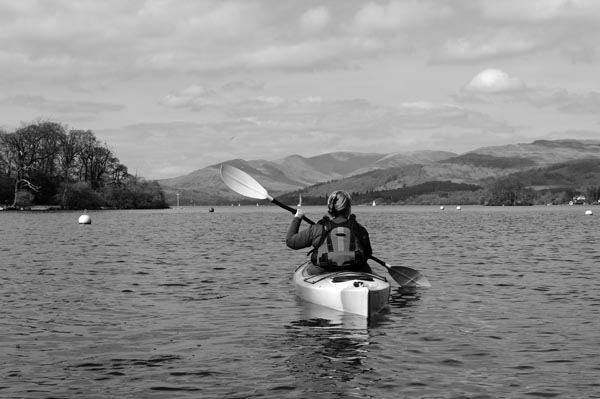Attack on safety agency
WORKERS, SEPT 2011 ISSUE
As part of its much-vaunted cutting of bureaucracy, the government is proposing to abolish the Adventure Activities Licensing Authority, an arm of the Health and Safety Executive. The AALA regulates the operations of commercial providers of adventurous activities to the under-18s.
Throwing AALA onto the bonfire of the quangos caused a stir within the activities arena, but the tragic death of a schoolboy killed by a polar bear last month has reignited the debate about safety on adventurous activities, and indeed the wider debate about regulation versus personal responsibility.

Kayaking on Windermere: the agency overseeing safety on adventure holidays is now slated for closure.
Photo: Stephen Meese/Shutterstock
Since education began, teachers have been taking pupils off-site to broaden their horizons, enrich the curriculum and give opportunities that are simply not available in the classroom. Such activities are called educational visits in current parlance (school trips in old money), and range from a walk to the local park to a trekking expedition in Nepal, and yes, expeditioning on a Norwegian island.
All the evidence suggests that such visits have a profound impact back at school in terms of attainment, behaviour and attendance. Additionally, well managed visits give pupils opportunities to take responsibility for themselves and others, and to begin to manage risks for themselves. Unsurprisingly, more complex and adventurous activities deliver the biggest impact, but come with a greater risk of something going wrong, of someone coming to harm. The point is whether we reduce risk by eliminating activities, or by managing them as best we can.
Most educationalists take the view that to curtail activity, or confine it to the lowest level of risk is limiting, and closes off valuable learning experiences. A ship is safe in a harbour, but that is not what ships are for.
AALA was established as a result of the Lyme Bay canoeing disaster in 1995, when four young people drowned because of the failure of the activity centre to organise the activity appropriately. It monitors best practice in the field and sets the benchmark for competent management. It has enormously reduced the frequency of young people dying or coming to harm, and has squeezed the maverick providers out of the industry. These providers are rubbing their hands now! ■